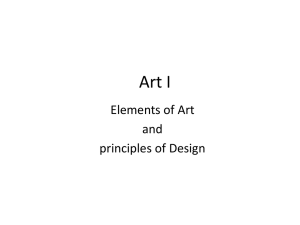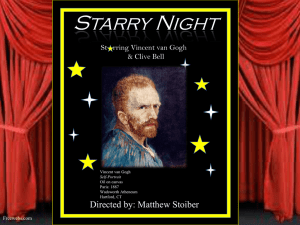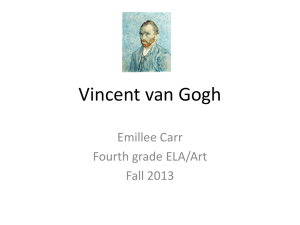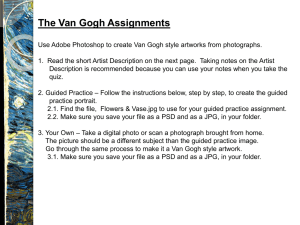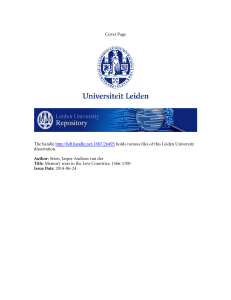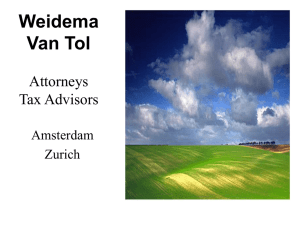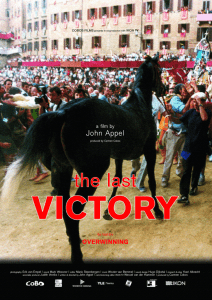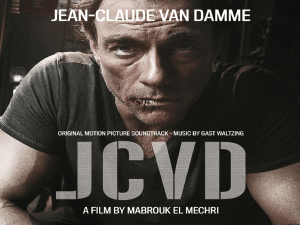File - Mrs. Looney`s Class
advertisement
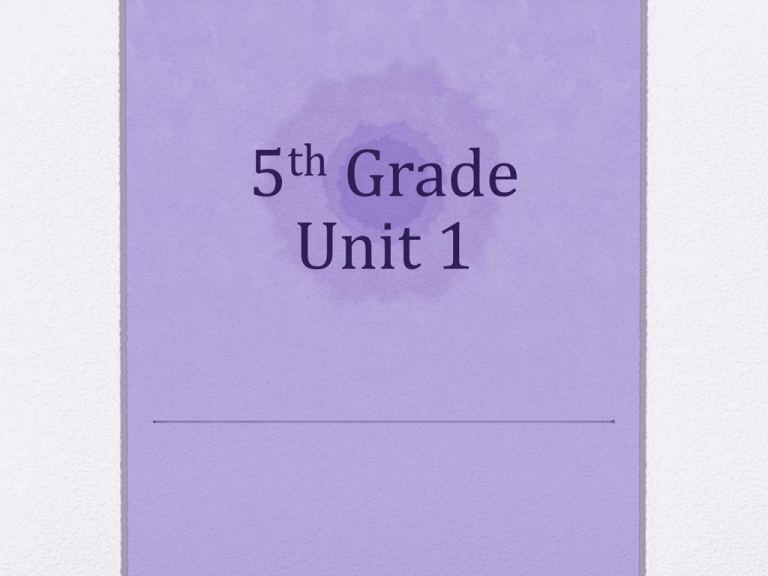
th 5 Grade Unit 1 Schedule • Mondays: Reading log form due in homeroom. • Thursdays: Spelling Test, Vocabulary quiz/dictionary usage quiz, alphabetical order quiz, grammar quiz, give out new spelling words, spelling words in alphabetical order due Friday. • Fridays: spelling words due, essay due. Grammar •Titles of books, chapters, and songs •Prepositions •Interjections •Conjunctions Grammar: punctuation • Complete Reading Street pages . • Complete Crosswalk Coach pages 190-193. • Complete Buckle Down pages 230-231. Grammar: conjunctions, prepositions, and interjections • Show School House Rock video. • Complete Reading Street pages . • Complete Crosswalk Coach pages 194-199. • Complete Buckle Down pages 209-210. • Divide class into groups. Students will make posters of conjunctions, prepositions, and interjections. • Use Grammar Revolution website. • Have students write a sentence with each of preposition. • Then students will write a sentence using as many prepositions as possible. • Students will utilize prepositions in their writing as much as possible. “Rise up you Dreamers and Troubadors of the endless Journey. Your dream begins.” St. Francis of Assisi Essential question of the year: How do people and ideas change over time? Unit One: Essential question What kinds of challenges do people face and how do they meet the challenges? Challenge In your reading notebook, brainstorm and write down as many words that come to your mind when you think of the word “challenge.” Challenge Look up the word “challenge” in the dictionary. Write down the definition in your own words. The Van Gogh Cafe By Cynthia Rylant Questions to ponder while reading: • How is the text organized? • From which point of view is the story told? • What is the theme? • Which types of figurative language are being used? • What are the character traits of the main characters? From which point of view is the story told? What are some character traits of the main characters? Which types of figurative language are being used? How is the text organized? What is the theme? The Van Gogh Cafe •What is a cafe? •Who was van Gogh? Vincent van Gogh Van Gogh’s Paintings • Fishing Boats on the Beach at Saintes-Maries-de-la-Mer • Fourteen Sunflowers in a Vase • Wheat Fields with Reaper at Sunrise • Lane in the Public Garden at Arles • The Starry Night • Orchard in Blossom with View of Arles •What do you notice about the cover? •How does the cover set the tone of the book? Chapter 1: The Cafe •Do we use quotation marks for titles of chapters? •Who is the main character? •Can the setting be more important than the main character? Quotation marks around titles of songs: “You’d Be So Nice to Come Home To” Anita O’Day: YouTube Review: Figurative Language What are two commonly used forms of figurative language? Chapter 2: The Possum Literature Based Writing: •Describe Clara. Make a list of her character traits. Characterization of Clara picturesque •Using the context clues in the sentence, come up with a definition of “picturesque.” •Write your definition in your notebook. hydrangeas What is the magic of the cafe? Theme: -main message or lesson What is one theme of this novel? What is the message? (theme) Point of View • Read pages 38-39 in Crosswalk Coach. (You could underline or italicize titles of books.) • Take notes about the differences of POV. • Answer the questions on pages 40 and 41 in your notebook. Point of View •First-person point of view: Point of View • Third-person point of view •Third-person omniscient point of view Point of View • Second-person point of view Point of View •Who is the narrator? •This novel is written from which point of view? •How do you know? Chapter 3: Lightening Strikes Literature Based Writing: Continue to add character traits of Clara. Lemon Meringue Pie Yellow and full So still and blue did you know waiting it would be spring waiting it is a long silver night Rain finds a sweetheart Blackberries love in the music a moon-faced man so sleepy Chapter 3: Lightening Strikes Literature Based Writing: •Write some short poems of your own. •One poem may be about any topic. •The second poem must relate to the novel. Summary: •a short retelling of a text in the reader’s own words. Chapter 4: Magic Muffins Literature Based Writing: As a class, write a summary of this chapter. Chapter 4: Magic Muffins •“But young girls need secrets now and then.” •Are secrets good or bad? •“Secrets are like pieces of silver.” •I wonder what the deeper secret is!!! Chapter 5: The Star luminous •Using the context clues in the sentence, come up with a definition of “luminous.” •Write your definition in your notebook. Chapter 5: The Star •Page 33: Who do you think he is? •What do you think has drawn the star to the Van Gogh Cafe? Chapter 5: The Star •How long has he been waiting? •How is the passage of time described? •What is he waiting for? Chapter 5: The Star •Literature Based Writing: Think/pair/share: discuss with your partner why you think the star come to the cafe. •Write your ideas in your notebook in paragraph form. Chapter 6: The Wayward Gull Page 42: What do you think is happening? Chapter 6: The Wayward Gull This is the first chapter that ends in a period. I wonder why. Chapter 7: The Writer “YES” • T-shirt that say yes “YES” •Think/pair/share: Brainstorm all of the things that Marc says yes to. •To what do you say yes? Chapter 7: The Writer •Page 52: “Now and then he pats something affectionately. The phonograph, the hen, the pie carousel, his daughter.” •Why does the author have Marc do this? •What do these actions say about Marc? Chapter 7: The Writer •Page 52: “The writer understands now the song playing on the old phonograph.” •Why? phonograph Song: “You’d Be So Nice to Come Home To” The Van Gogh Cafe Literature Based Writing: •Make a list of at least ten words that you could use to describe the book The Van Gogh Cafe. •Make a list of at least ten words that you could use to describe the café. The Van Gogh Cafe Literature Based Writing: What is the theme of the book? How has this booked changed your outlook on life? Vincent van Gogh • Vincent van Gogh has said, “It is the painting that makes me so happy these days.” • Vincent van Gogh has said, “Painting as it is now promises to become more subtle- more like music and less like sculpture- and above all it promises color. If only it keeps this promise.” • Vincent van Gogh has said, “There is a sun, a light that for want of another word I can only call yellow, pale golden citron. How lovely yellow is!” Vincent van Gogh • Vincent van Gogh has said, “I am always in hope of making a discovery by a wedding of two complementary colors, their mingling and opposition, the mysterious vibration of kindred spirits.” • Vincent van Gogh has said, “I often think the night is more alive and more richly colored than the day.” • Vincent van Gogh has said, “As long as autumn lasts, shall not have hands, canvas and colors enough to paint the beautiful things I see.” Vincent van Gogh •Vincent van Gogh has said, “It is the painting that makes me so happy these days.” Vincent van Gogh •Vincent van Gogh has said, “There is a sun, a light that for want of another word I can only call yellow, pale golden citron. How lovely yellow is!” Vincent van Gogh •Vincent van Gogh has said, “Painting as it is now promises to become more subtle- more like music and less like sculpture- and above all it promises color. If only it keeps this promise.” Vincent van Gogh •Vincent van Gogh has said, “As long as autumn lasts, shall not have hands, canvas and colors enough to paint the beautiful things I see.” Vincent van Gogh •Vincent van Gogh has said, “I am always in hope of making a discovery by a wedding of two complementary colors, their mingling and opposition, the mysterious vibration of kindred spirits.” Vincent van Gogh •Vincent van Gogh has said, “I often think the night is more alive and more richly colored than the day.” Van Gogh’s quotes: •What are some other ways we could vary the sentence structure of his quotations? Biography: Vincent Van Gogh •Write a one page biography about Vincent Van Gogh. Vincent Van Gogh •Van Gogh app •Vincent’s Colors •Van Gogh’s World of Color “Thunder Rose” by • Cause/effect • Figurative language • Responding to challenges “Thunder Rose” by Vocabulary: genre tall tale cause, causing effect, effecting, affect resource resourceful construct, constructed, construction devastate, devastation “The Real Thunder and Lightening” • Page 42 • Cause/effect • Quote accurately from the text
